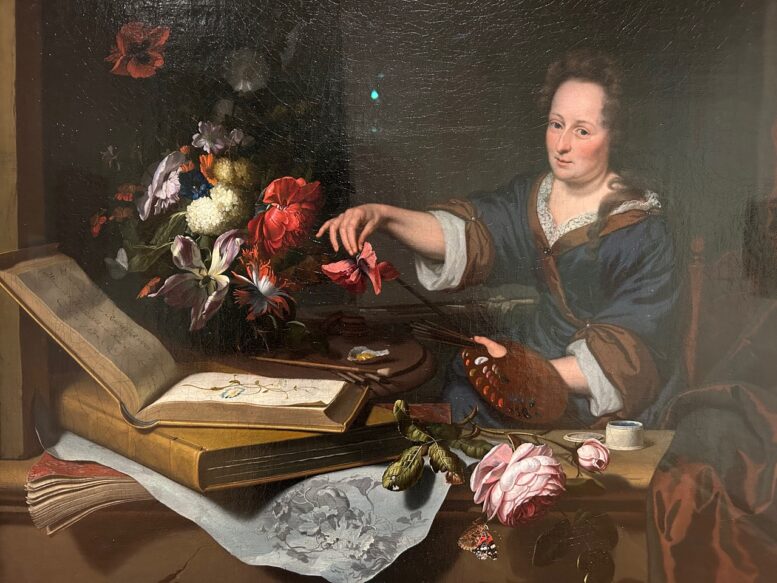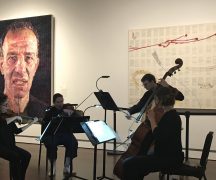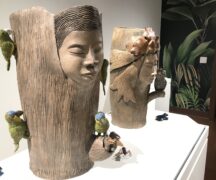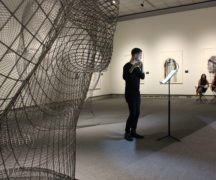By DAVID DUPONT
BG Independent News
In her day, Rachel Ruysch was called the “Heroine of Art.”
Some of her works fetched higher prices than her Dutch contemporary Rembrandt.
Shortly before her death in 1750, a dozen poets penned tributes to her floral masterpieces.
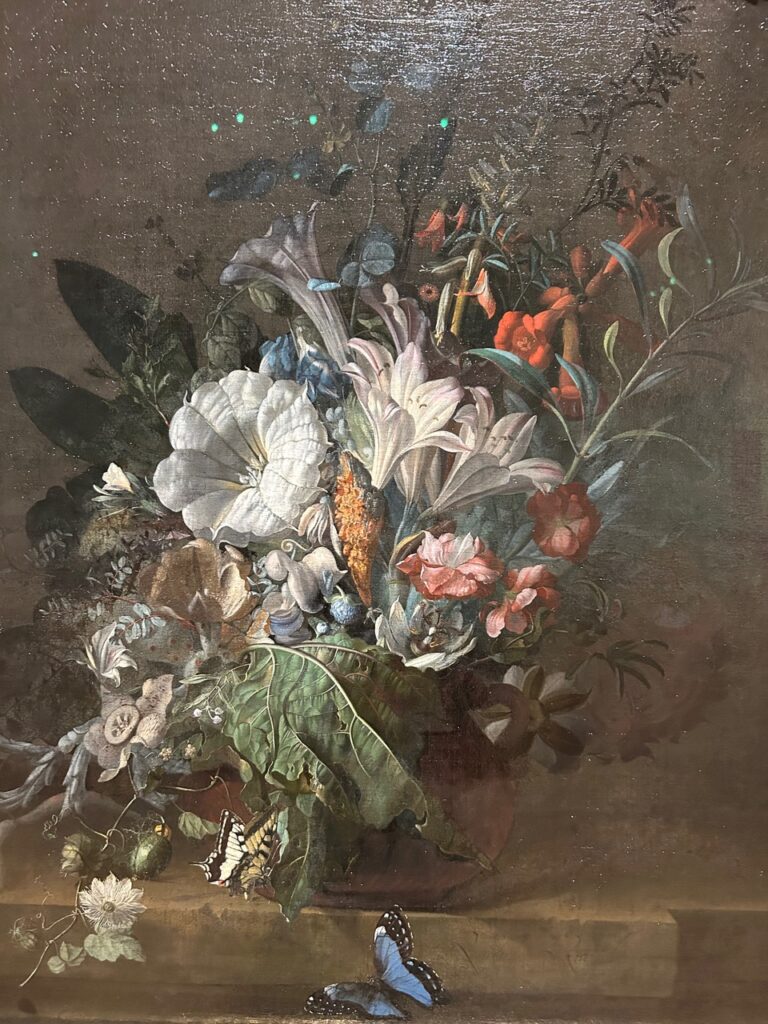
“Her fame in her lifetime was extraordinary,” said Megan Reddicks Pignataro, a curatorial research associate in European Art.
“Then like so many female artists, they get overshadowed by some of their peers,” she continued. “Not totally lost, she’s always kind of in the conversation but it’s really surprising that she’s not been brought back up to the same level as before.”
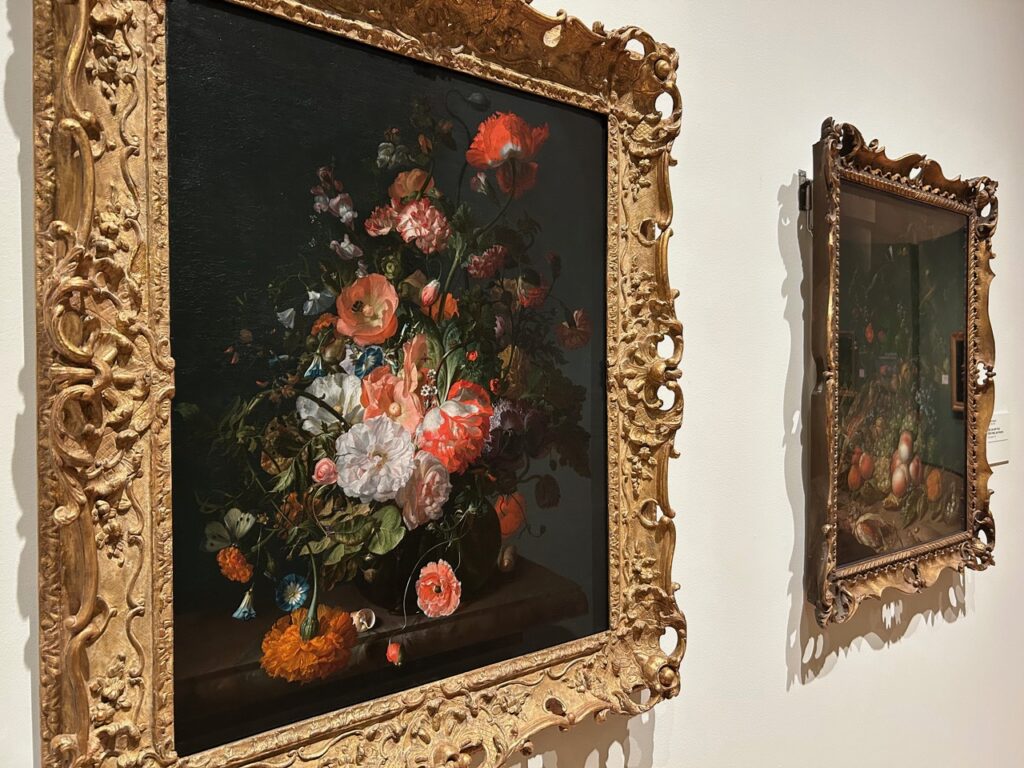
No North American museum collection owned any of her paintings until 1956 when the Toledo Museum of Art purchased “Flower Still Life.”
Now the museum is hosting another landmark in the recognition of her work. “Rachel Ruysch: Nature Into Art,” which opened this weekend, is the first monographic exhibit of Ruysch work. The exhibit continues through July 27.
The artist’s career began when she was in her teens.

As Robert Schindler, the museum’s curator of European Art, noted in his lecture on Saturday, as a woman Ruysch was not allowed to study anatomy, so floral still lifes were one of the few options.
Her focus on flowers, though, also reflects the influence of her father, Fredrik Ruysch, a noted anatomist, naturalist, and botanist as well as the arc of history.
In the 1680s she developed an interest in plants and flowers that were not native to Holland or even Europe.

Dutch explorations led to exploitation, including human trafficking, and colonization.
This brought hundreds of specimens to the country that were studied and categorized by scientists and artists.
This was a time, Schindler noted, when the sciences and the arts were intertwined.
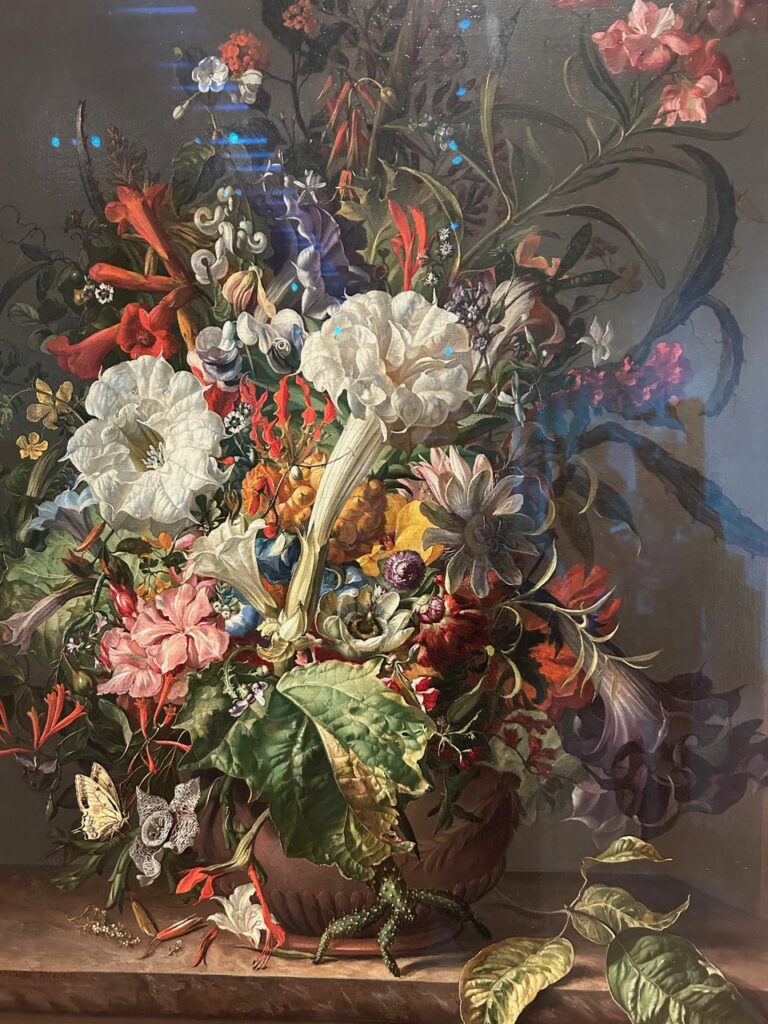
Ruysch’s paintings feature a plethora of exotic plants as well as butterflies, beetles and other insects. Species originating on continents on opposite sides of the globe are gathered into luminous compositions by Ruysch.
From one of her teachers, Otto Marseus van Schrieck, the young artist adopted the technique of pressing actual butterfly wings onto the painting.
These, however have deteriorated over time. One painting “An Arrangement of Flowers by a Tree Trunk” does still have wings intact.
The exhibit features works by van Schrieck and Ruysch’s first teacher Willem van Aelst. As well as her younger sister, Anna.
Anna worked closely with her sister, apparently collaborating on some paintings. Her career was short, ending about the time of her marriage. The Toledo show is the largest collection of her work shown together.
Rachel Ruysch married Juriaen Pool, also an artist, though not of the same caliber as she.
The couple had 10 children, three of whom survived to adulthood.
The exhibit demonstrates the importance of artists copying each other as a way of learning their craft.
It traces Ruysch as her style evolves and her craft increases.
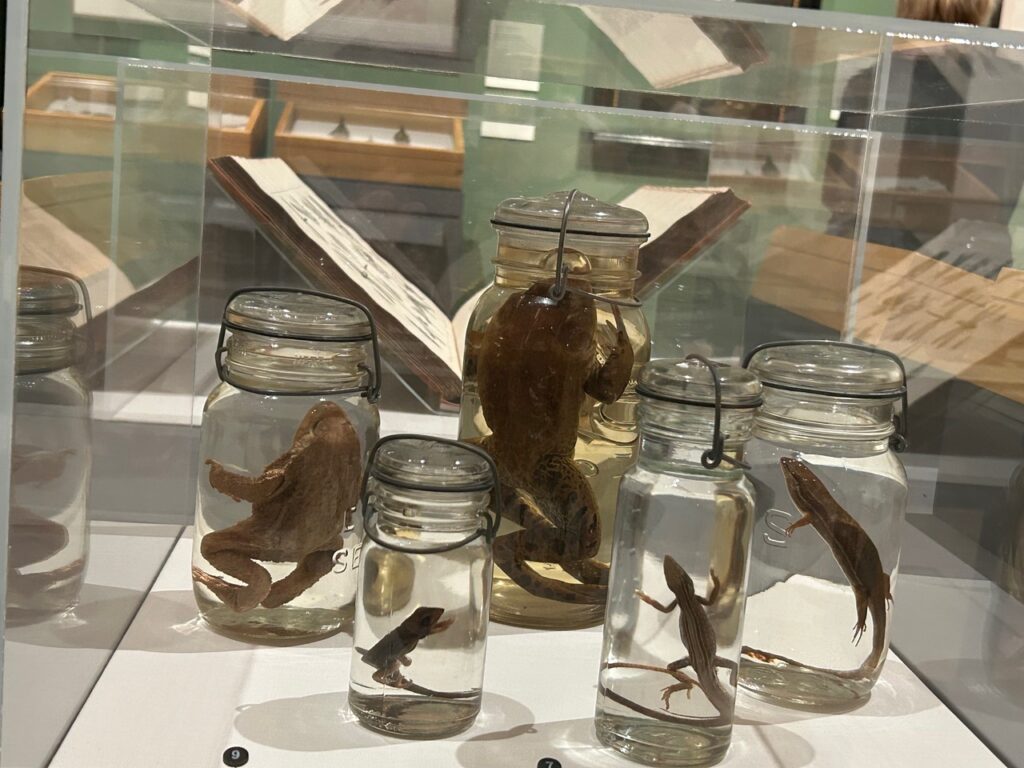
The exhibit also places her work in the context of the natural science of her time. One room is devoted to specimens akin to those she would have studied. There’s plump Surinam Toad afloat in a jar. She drew the toad — the only drawing by her in the show — and painted it. Both demonstrate the toad’s odd reproduction system with the embryonic toads growing on the female toad’s back.
In the early 18th century, Schindler said, “Rachel came to develop only one or two large paintings per year, she only painted bouquets flowers in vases at this point, and her compositions become increasingly complex, refined and ambitious. The popularity culminated court painter to German Prince Johann Wilhelm II, who shared her father’s interest in science, asked her to be his court painter.
She later began to paint works pairs, pendants, that were meant to be shown together. One was the still life that the Toledo Museum purchased in 1956. The exhibit brings it together with its mate “Still Life with Fruit, Bird’s Nest and Insects” for the first time in almost 180 years, the curator said.
Then in 1723, Ruysch, 59, and her husband won the lottery. The family, already well off, was now rich.
Ruysch apparently stopped painting for more than a decade, then as she entered her 70s, she took up her brush again.
She created in 1735 her last large scale painting, “Still Life of Exotic Flowers on a Marble Ledge,” which includes 36 plant species from five continents.
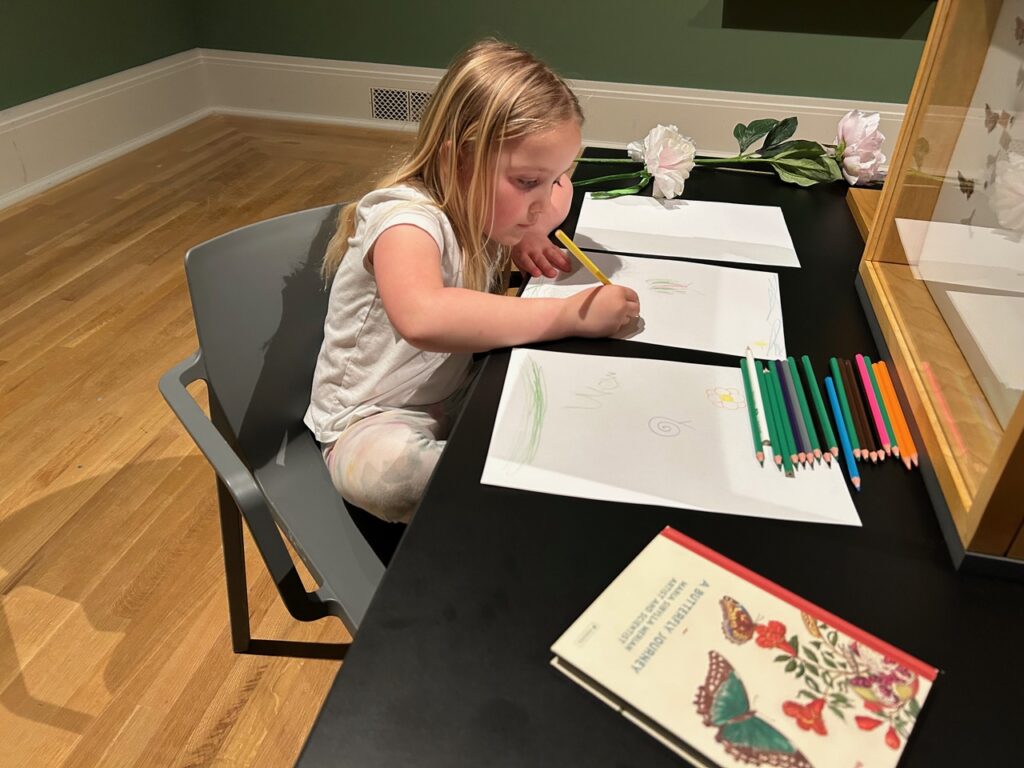
After that she did about one painting a year, “much more modest in size and ambition,” the curator said. Her last known painting was dated 1748. As was her practice in these later years, she included, not just the date, but her age, 83.
Living that long at that time was a feat in itself, Schindler said. She died in 1750 still a celebrated artist, called by one poet “the queen whose mastery rules art.”
But her reputation faded as her work became separated from its connection to science. Science was seen as rational and male. That sexist attitude was on display in the 1956 catalogue of her work, in which her painting was deemed particularly delicate and sensitive as befitting a female painter.
In “Rachel Ruysch: Nature Into Art,” the Toledo Museum takes a giant step in redressing that neglect.

